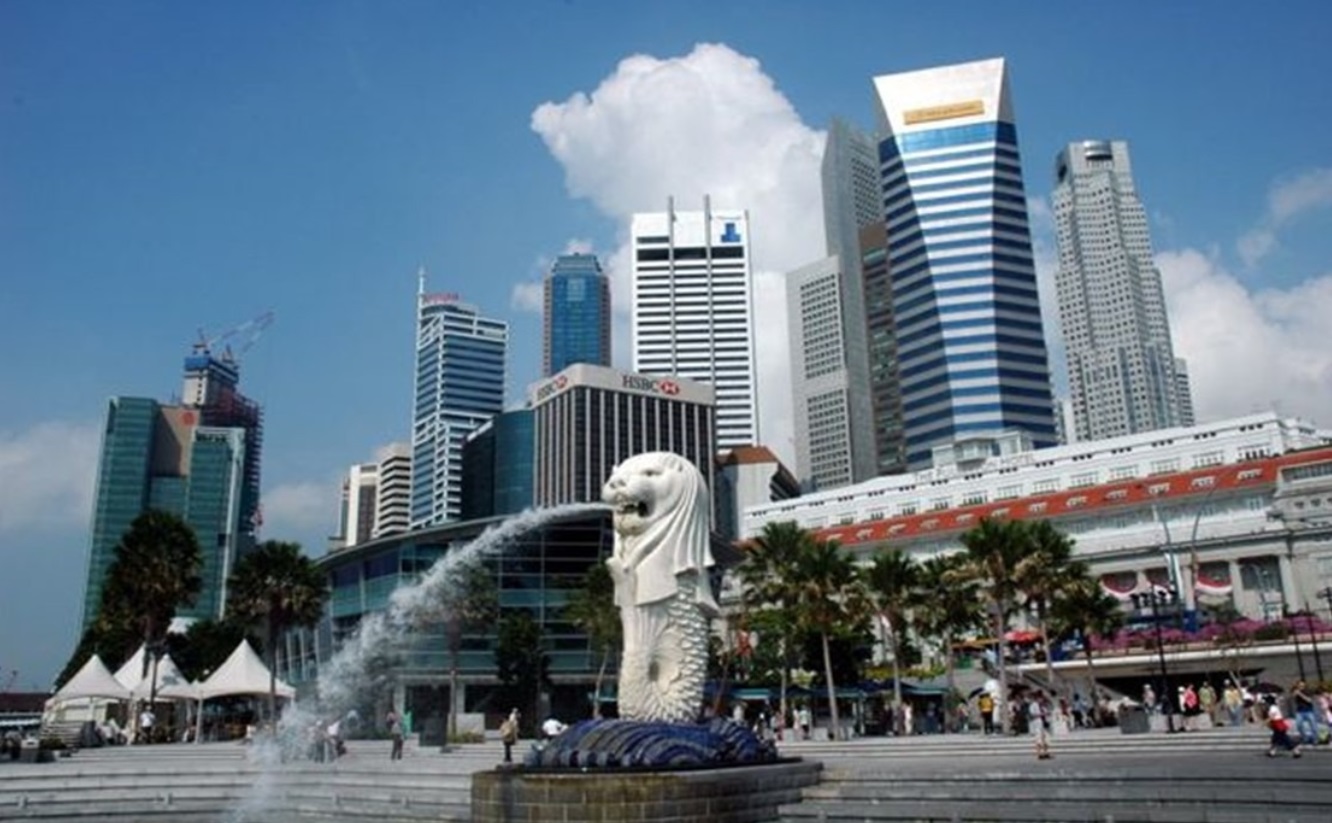SINGAPORE: Singapore has narrowed its gross domestic product (GDP) growth forecast for 2024 to 2%-3%, from the previous 1%-3%, after taking into account its economic performance in the first half of the year as well as the latest global and domestic economic situations.

The Singaporean Ministry of Trade and Industry (MTI) said the country’s economy expanded by 2.9% year-on-year (YoY) in the second quarter of 2024 (2Q 2024), extending the 3% expansion in the previous quarter.
“For the first half of 2024, Singapore’s GDP growth averaged 3% YoY,” it said in a statement in conjunction with the release of the 2Q 2024 Economic Survey of Singapore report.
MTI said the 2Q 2024 GDP growth was primarily driven by the wholesale trade, finance and insurance, as well as the information and communication sectors.
Among the sectors, the finance and insurance sector grew by 6.7% YoY, mainly driven by the banking and fund management segments, which saw net commissions surge during the quarter as global interest rates started to ease.
In contrast, the manufacturing sector contracted by 1% YoY in 2Q, mainly due to output declines in the biomedical manufacturing and precision engineering clusters, with the former in turn weighed down by a sharp fall in pharmaceuticals output.
Consumer-facing sectors such as the retail trade and food & beverage services sectors also shrank, partly due to an increase in outbound travel by locals.
As for the outlook for 2024, MTI said that since the Economic Survey of Singapore in May, the GDP growth performances of Singapore’s major trading partners have largely been in line with expectations, with the United States (US), Japan and Malaysia being key exceptions.
“Notably, the US and Malaysian economies performed better than expected in 2Q on the back of strong domestic demand. By contrast, GDP growth in Japan was weighed down by weak private consumption as real wages continued to decline,” the ministry said.
It said that the US GDP growth is expected to ease gradually for the rest of the year as consumption growth slows in tandem with weakening labour market conditions, while China’s economy is projected to expand at a slightly slower pace in the second half of the year as investment growth tapers amid signs of overcapacity in some sectors.
According to MTI, GDP growth in key Southeast Asian economies is projected to pick up slightly in the second half of the year in tandem with improvements in domestic demand, as well as the ongoing recoveries in global electronics and tourism demand.
Singapore’s external demand outlook is expected to be resilient for the rest of the year, it said, amid that 2 downside risks in the global economy that still remain.
These include an intensification of geopolitical and trade conflicts that could dampen business sentiments and add to production costs, which could weigh on global trade and growth.
“Secondly, disruptions to the global disinflation process could lead to tighter financial conditions for longer and trigger market volatility or latent vulnerabilities in baking and financial systems,” it added.
— BERNAMA






